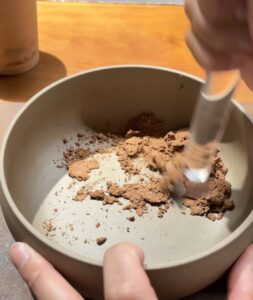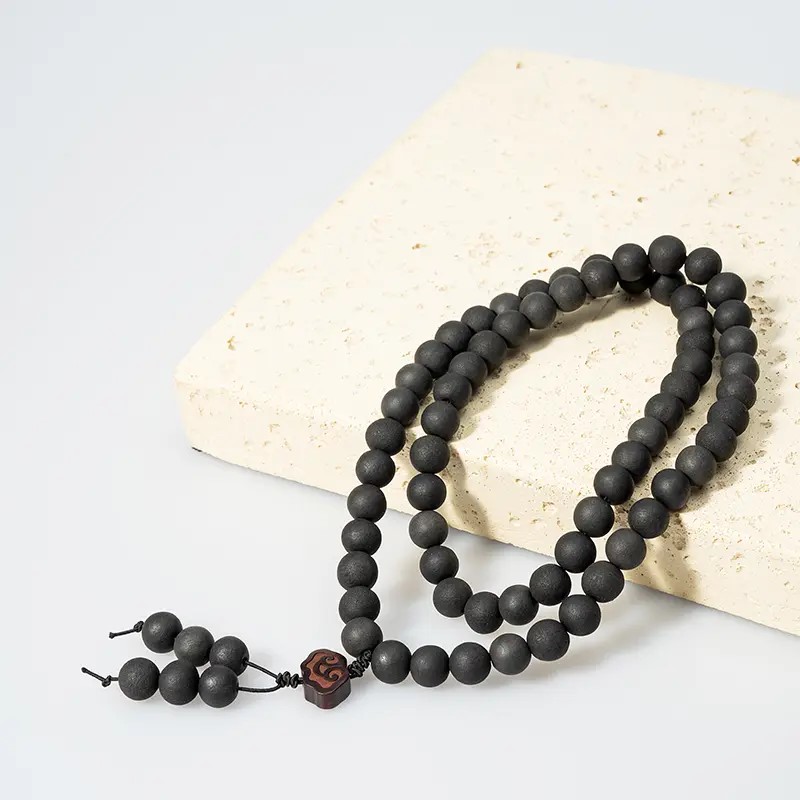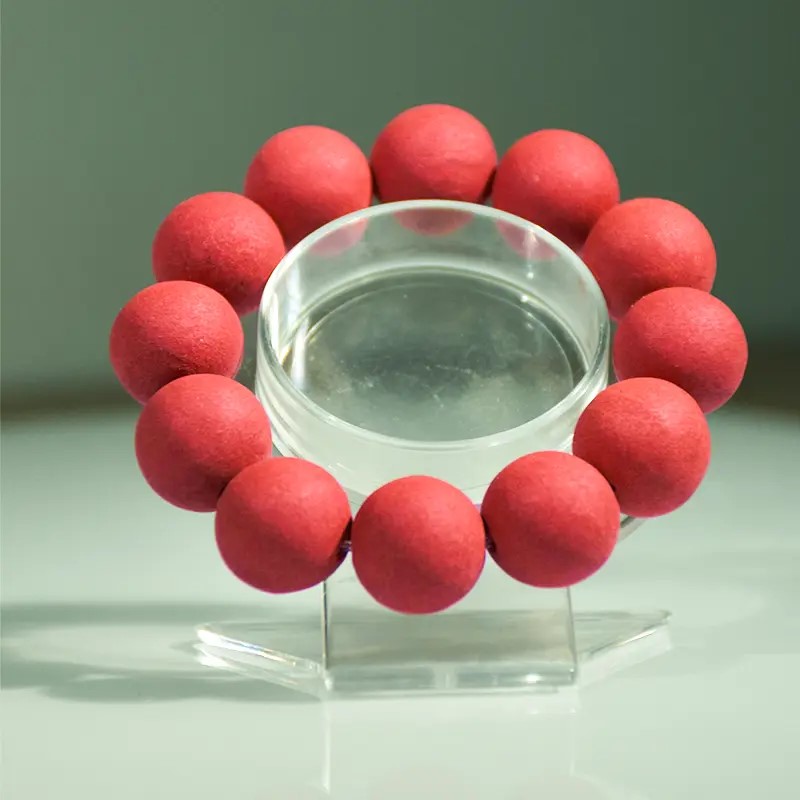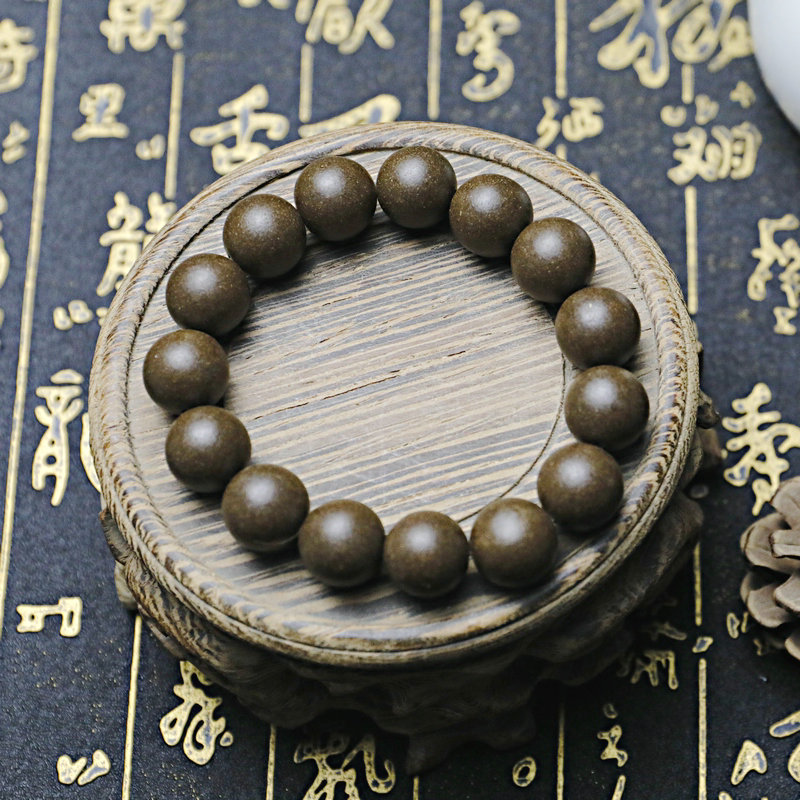Traditional Chinese Compound Incense
There is something undeniably stirring about the practice of burning incense. A thin stream of smoke rises, dances, and twirls, carrying with it aromas that can shift the heart, lighten the mind, and awaken the subtler spaces of our being. To understand it fully, we must look back—and look deeply. The ancient artisans who crafted scented incense did not simply manufacture fragrance. They cultivated an experience, a ritual, a medicine for the spirit. And it is striking to note: they deliberately avoided chemical binders. Instead, they chose honey, fragrant wood powders, and other earthly, natural substances. Why? Because they believed the very integrity of the incense was tied to harmony with the body, the breath, and the unbounded dance of nature.
This choice was not merely practical. It was profoundly philosophical. And in an age when Mindfulness has grown into a global pursuit for inner peace, their wisdom resonates with staggering intensity.
The Ancient Alchemy of Incense Craft
To understand the art of incense crafting, imagine a world untouched by industrial chemistry. The people who worked with herbs, woods, and resins were not trying to overpower the air with artificial strength. They were trying to build balance. A piece of incense was traditionally composed of powdered aromatics—sandalwood, agarwood, frankincense, cinnamon, clove, and countless other treasured substances. But these powders needed to hold together in solid form.
The modern mind might leap instantly toward synthetic adhesives and chemical stabilizers. Efficiency! Standardization! Mass production! Yet the ancients refused such shortcuts. They turned instead to the sweetness of honey, to the soft binding powder of nanmu wood, to the sticky resins drawn naturally from trees. These natural materials ensured that incense remained pure: when it burned, it released nothing toxic, nothing heavy, only a stream of fragrant smoke that uplifted rather than burdened.
Look closely: this rejection of chemical additives was not a lack of development—it was a higher form of wisdom. It was the recognition that scent should never poison the air we breathe. It should nourish, awaken, and align.

Traditional Chinese Compound Incense
The Delicate Art of Chinese aroma incense
Incense beads, or Chinese aroma incense beads , are far more than simple ornaments. These meticulously crafted spheres, born from the fusion of powdered precious woods, resins, herbs, and binding agents, represent a unique intersection of ancient Chinese fragrance culture, artistry, and contemplative practice. beads
Why Purity Matters for Mindfulness
Here lies the beautiful connection between ancient incense craft and the timeless human pursuit of awareness: mindfulness—the art of presence, of being fully engaged with the here and the now.
When we engage in mindfulness meditation, our breath becomes our anchor. The inhale and exhale guide us back whenever thought drifts. If the very air you are drawing in carries artificial pollutants from synthetic incense sticks, the delicate balance of the practice is disturbed. But natural incense creates the opposite effect. The honey-bonded form, the wood-powder smoothness, the fragrant herbs all mingle to release smoke that caresses rather than disrupts. Breath is softened. The mind unwinds. The experience deepens.
Even more than this: different aromas subtly influence different emotional tones.
Sandalwood quiets agitation, ushering the consciousness into stability—helpful for longer meditations.
Cinnamon and clove, warm and spicy, ignite energy, uplifting spirits during darker moods.
Agarwood, treasured as the “holy grail” of incense, offers a majestic depth that almost demands reverence and awakens awe.
Thus incense is not merely a background scent. In mindfulness, it becomes an anchor, a guide, a partner that steadies the practitioner against tides of distraction.
The Emotional Crescendo: How Scent Transforms Meditation
Let us imagine for one burning moment: you sit alone. The day has been heavy. Responsibilities press on your shoulders. Your mind is running, running, unable to stop. You light a slender stick of natural scented incense—no chemicals, nothing artificial, only the alchemy of wood, resin, honey. The smoke curls upward like a whisper. You breathe it in. Slowly, oh so patiently, your turmoil loosens.
This is not placebo. The olfactory nerves are directly wired into the limbic system, the seat of memory, emotion, and instinct. A scent is not processed intellectually, but emotionally. It goes straight to the core. This means incense bypasses the chatter of rational thought and speaks to the animal, to the child, to the timeless human still alive inside you. Meditation deepens because the noise within you softens.




There is triumph in this. There is power. After a few moments, breathing in, breathing out, you realize: you are not enslaved by stress. You are not trapped forever in chaos. The rising smoke becomes a rising spirit. The fragrance is a bridge. And suddenly, awareness sharpens. The world feels lighter. Your mind—freer.
Natural Incense and the Spirit of Integrity
But let us not romanticize this too simply. The choice to use honey and wood powders instead of synthetic adhesives was not only about individual health or better meditation quality. It was about integrity. The ancients understood something we are only beginning to rediscover: that the materials we use shape not only the product, but also the meaning of the act itself.
To glue sacred herbs with synthetic chemicals would be like painting a sunrise with plastic neon—it might look vivid for a moment, but it falsifies reality. The experience loses authenticity. By choosing natural binders, incense artisans honored the cycle of nature. They used what the earth freely gave. They respected the body, the breath, and the silence of the soul.
That integrity is contagious. When you know the incense burning in your meditation space is entirely natural, your trust in the practice deepens. You feel aligned not only with your own presence but with the wisdom of centuries behind you. This creates a sense of grounded confidence.
The Modern Contrast: Chemical Shortcuts and Their Consequence
Today, however, the story has changed dramatically. Commercial incense is often produced using quick-fix adhesives, perfumed oils with chemical bases, and artificial fillers designed for cost reduction. The smoke may carry a powerful smell, but it often irritates the lungs, clouds the head, and disrupts rather than supports meditation. Instead of clarity, it breeds restlessness. Instead of relaxation, it can provoke headaches.
The irony is painful. A practice that was born out of harmony has been swallowed by efficiency. Something meant to connect humans with simplicity now risks disconnecting us further through toxins and artificiality.
This is why remembering the ancient practice matters now more than ever.
How Different Scents Elevate Mindfulness
Let us walk through, step by step, the ways in which various forms of natural scented incense interact with the body and the practice of mindfulness:
Sandalwood Incense: Calmness incarnate. Often used in monasteries, its sweet, woody aroma smooths rough emotional edges. In mindfulness practice, sandalwood provides a quiet stability, like a stone foundation beneath shifting tides of thought. Nothing dramatic, just steady reassurance.
Cinnamon and Clove Incense: Spicy, immediate, vibrant. These scents ignite a fire within. On days when fatigue weighs down the body, they offer a gentle push toward alertness. Instead of sinking into lethargy during meditation, your senses stay alive, and focus sharpens.
Agarwood Incense: Rich, profound, complex. This is the incense for seekers who wish not mere calm but transformation. Its depth draws you further inward, almost demanding you meet yourself fully. Meditation here becomes more than practice—it becomes encounter, awakening, revelation.
Herbal Blends: Simple mixes of floral elements like jasmine, rose, or chrysanthemum release delicate aromas that soothe sadness, ease loneliness, or bring gentle joy. Mindfulness under these scents is like walking through a blooming garden—quiet, tender, comforting.
Each scent, bound naturally and burned with intention, interacts directly with the practitioner’s mental state. Incense is not decoration—it is participation.
The Inspirational Current: What We Can Learn
Here lies the turning point. Why should we care about the fact that ancient craftsmen chose honey rather than glue? Because behind that choice lies a broader lesson for life itself.
Mindfulness is about choosing presence over distraction, integrity over shortcuts, depth over superficiality. When incense artisans chose natural binders, they mirrored precisely that value. They refused the easy shortcut in favor of the authentic path. They taught us, without words, that purity matters.
And what about us? We live in an era intoxicated by efficiency, speed, and artificial stimulation. But when we light incense made in the old way, with patience and reverence, we remember: we do not have to live enslaved to speed. We can live aligned with rhythm, with breath, with mindfulness.
Yes, it takes more time. Yes, it refuses convenience. But oh—how much more powerful the reward.
From Smoke to Spirit: A Rising Call
Let me say this with boldness: to practice mindfulness without awareness of the environment we create is to miss the point. Meditation is not simply sitting still. It is creating conditions for awareness to blossom. To burn pure, natural incense is to create such a condition. It is to honor centuries of wisdom. It is to protect the body, invite the mind into sanctuary, and welcome the spirit into play.
Consider this: every stick of incense is finite. It burns, it dwindles, it vanishes into smoke. Watching it teaches impermanence. Breathing it teaches immersion. Smelling it teaches trust. This is no accident. It is meditation itself, embodied in fragrance. And every time you inhale, you are committing not just to breathe, but to live: more
The Burning Message
Why did the ancients bind incense with honey and wood powder instead of chemicals? Because they knew life was sacred, the breath was sacred, and anything burned into that breath must respect both body and spirit. They did not settle for efficiency. They chose reverence, authenticity, and harmony.
The message shines clear for us today: move beyond the haze of synthetic distractions. Choose purity. Let your practice of mindfulness be supported by natural scented incense that uplifts rather than disrupts. Let each rising stream of smoke remind you of your own rising determination—to live honestly, to meditate fully, and to seek transformation with courage.
Because that is what mindfulness truly is: not drifting away from life, but diving deeply into it. Each breath is a chance to awaken. Each scent, a gentle guide. Each moment, a possibility.
And in the hour when the smoke fades and only embers remain, you discover that the fragrance has not vanished. It lingers, quietly, beautifully—like presence itself.




